Table of Contents
Transport of Material In Human Beings:
The circulation of blood in closed blood vessels was discovered by William Harvey, an English physiologist. In all vertebrate animals, blood flows in closed tubes and chambers and never comes in direct contact with tissues and open spaces.
The circulatory system consists of heart, blood vessels and blood. The function of the circulatory system is to deliver food, oxygen and other essential materials to each cell and to remove the waste products from the cells.
Heart:
The heart is located in the centre of the chest cavity slightly tilted towards the left. It is a hollow muscular organ made up of cardiac muscle fibres. It is the pumping organ of the circulatory system. The heart has four chambers, the right and left auricles (or atria) and the right and left ventricles. A wall separates the right and left halves of the heart. Auricles are thin-walled chambers that receive blood from the body. Each auricle passes on the incoming blood to the ventricle of its own side. The ventricles are thick-walled and pump blood out of the heart.
Heartbeat:
The heart beats rhythmically throughout one’s life. The periodic contraction and relaxation of the heart is called the heartbeat. The normal human heartbeat is 72 times a minute. Doctors use a stethoscope to record the heartbeat. If you place your ear on your friend’s chest you would hear a thumping sound. These sounds are the heartbeats, which can be heard more clearly and loudly using a stethoscope. The human heart pumps about 5 litres of blood per minute. This can increase to 20 litres per minute during strenuous exercise.
Pulse:
Place your fingers over your wrist, just a little below your thumb. You will notice a thumping just below the skin. This thumping sensation is the pulse. As the blood is pumped by the ventricles into the arteries with force, a wave of expansion passes along the arteries. This wave can be felt as a pulse in the wrist region. Thus, the pulse rate may be recorded in order to know the heartbeat. The pulse rate is the same as the rate of heartbeat i.e. 70-72 per minute.
Circulation of Blood:
- The left auricle receives oxygen-rich blood from the lungs. The oxygenated blood is carried from the lungs to the left auricle by four pulmonary veins.
- The left ventricle receives blood from the left auricle. The left ventricle pumps the blood into the biggest blood vessel of the body- the aorta which distributes oxygen-rich blood to different parts of the body.
- The right auricle receives impure blood (blood rich in carbon dioxide) from different parts of the body.
- The right ventricle receives blood from the right auricle. It pumps the impure blood into pulmonary arteries which carry it to the right and left lungs for purification.
- When the blood is purified in the lungs, it is again sent back to the left auricle through the pulmonary veins.
The pumping action of heart keeps the blood in circulation. The heart expands and contracts repeatedly to pump blood 70-72 times a minute.
Blood Vessels:
Blood vessels are of three types- arteries, veins and capillaries.
| Arteries | Veins |
|---|---|
| Arteries carry blood from the heart to other parts of the body. | Veins carry blood from the body to the heart. |
| All arteries except the pulmonary artery carry pure (oxygenated) blood. | All veins except the pulmonary vein carry impure (deoxygenated) blood. |
| Arteries are present deep below the skin. | Veins are superficial. |
| Arteries are thick-walled. | Veins are thin-walled. |
| Arteries appear red in colour. | Veins appear blue in colour. |
Capillaries- are the finest branches of arteries that carry blood to the cells. Capillaries are very thin-walled and supply nutrients and oxygen to every cell of the body. Blood in the capillaries also collects carbon dioxide and other wastes from the cells. Capillaries join together at the opposite end to form veins.
Blood:
It is a liquid connective tissue made up of fluid matrix plasma and the floating constituents as blood cells and blood platelets. The fluids found outside the cells of an animal body are generally called extracellular fluid and blood constitutes about 30-35% of the extracellular fluid. A normal person has about 6.5 litres of blood in its body.
Plasma- The plasma of blood represents the extracellular fluid which is faint yellow-viscous, slightly alkaline in nature. It forms 55% of the total volume of the blood. It contains 91.92% water and 8-10% solids. The serum is blood plasma from which the blood-clotting protein called fibrinogen is removed.
Red Blood Cells- In man, erythrocytes number about 5 million per cubic millimetre (or per microlitre) of blood. Each erythrocyte is a round biconcave disc, thinnest at the centre. These cells have no nuclei. Their main constituent is a red pigment, called haemoglobin, which is a protein with iron in its molecules. Haemoglobin transports oxygen and carbon dioxide.
White Blood Cells- are larger, fewer in number (i.e., about 5000 per microlitre or 600 RBC to every white blood cell) and with one nucleus each. They are of five types- lymphocyte, monocyte, neutrophil, eosinophil and basophil. Their main function is to provide immunity to the body. The WBC consume bacteria, viruses and debris that get entered the body and form special proteins, called antibodies that protect the body against infection. Most WBCs are amoeboid and can throw out pseudopodia by which they can squeeze out through thin walls of the capillaries into the tissues. This process is called diapedesis.
Blood Platelets- or thrombocytes are small spherical bodies, numbering about 400,000 per cubic millimetre of blood. They have an important role in the formation of a solid plug called a clot at the site of injury to a blood vessel, so as to prevent further loss of blood.
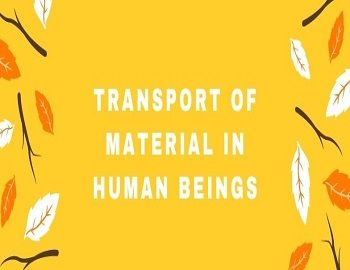
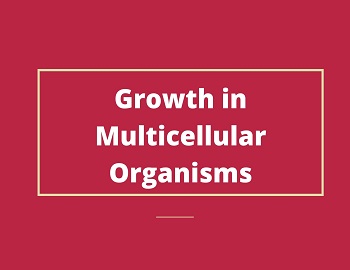
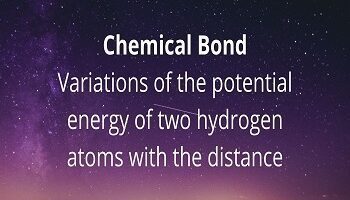

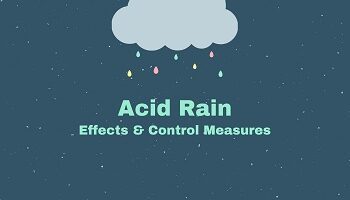
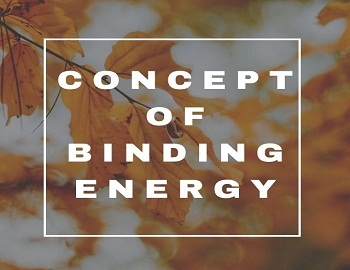
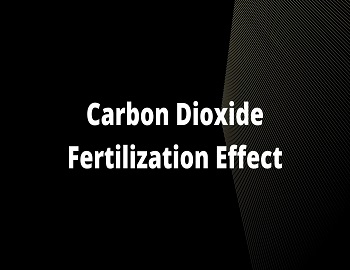
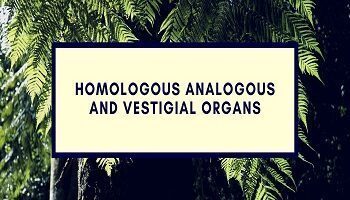
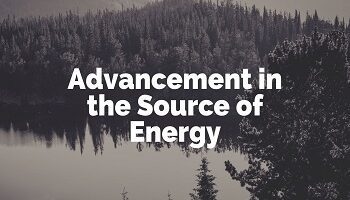
Comments (No)